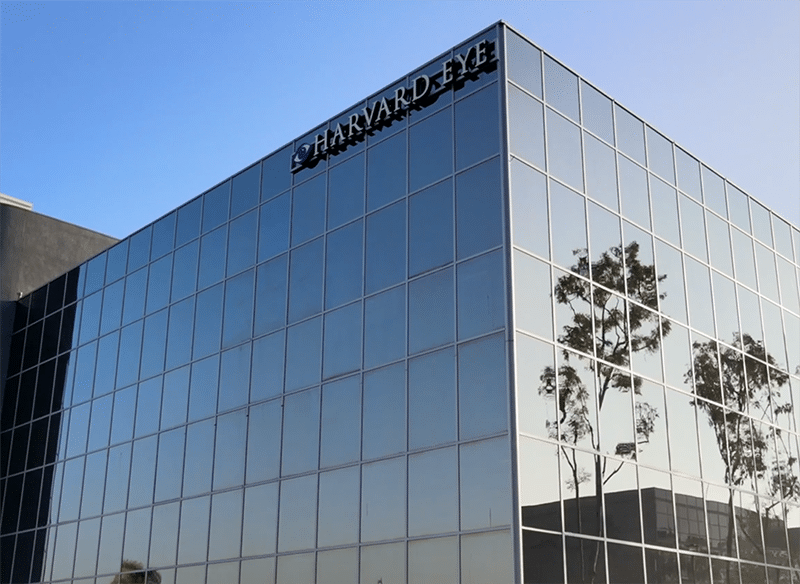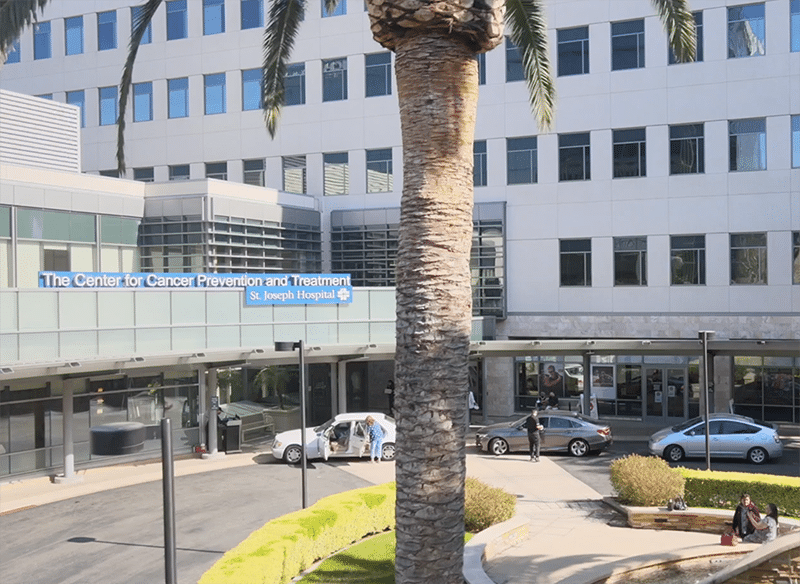Laser Glaucoma Treatment
Laser surgery treatments may be recommended for different types of glaucoma.
In open-angle glaucoma, the drain itself is treated. The laser is used to modify the drain (trabeculoplasty) to help control eye pressure.
In closed-angle glaucoma, the laser creates a hole in the iris (iridotomy) to improve the flow of aqueous fluid to the drain.
SLT (Selective Laser Trabeculoplasty)
SLT is a simple, office based, yet highly effective laser procedure that reduces the intraocular pressure associated with glaucoma. It is performed in your ophthalmologist’s office and typically takes no more than five minutes.
SLT uses short pulses of low-energy light to target the melanin, or pigment, in specific cells in the drainage angle of the affected eye. In response, the body’s natural healing mechanisms go to work to rejuvenize these cells. This rebuilding process improves drainage and lowers intraocular pressure. The surrounding, non-pigmented cells – as well as the rest of the eye structure – are untouched and undamaged.
Prior to treatment, eye drops are administered to prepare the eye and provide mild anesthesia. Then, gentle pulses of light are delivered through a specially designed microscope. The entire process takes just a few minutes. When it’s complete, your physician may treat your eye with anti-inflammatory eye drops.
One to three days after the procedure, your intraocular pressure should start to drop, but may take up to weeks to reach its maximum reduction. And of course, your physician will want to re-check the treated eye during periodic follow-up visits.
Micropulse Trans-scleral Laser Therapy (MP-TSCPC)
Micropulse Trans-scleral Laser Therapy (MP-TSCPC) is a gentle, non-invasive laser procedure used to lower eye pressure in patients with glaucoma, performed in the operating room. Unlike traditional continuous-wave laser treatments, MP-TSCPC delivers laser energy in short “micropulses”. This allows the eye tissue to cool between pulses, reducing the risk of significant inflammation and damage while still effectively lowering intraocular pressure.
During the procedure, the laser is applied through the white part of the eye (sclera) to target the ciliary body, the structure that produces fluid inside the eye. By decreasing fluid production and improving outflow of the fluid, MP-TSCPC helps reduce eye pressure safely and comfortably.
Key Benefits Include:
- Non-incisional, no cutting or stitches
- Can be performed in the office or surgical center
- Often repeatable if additional pressure control is needed
- Short treatment time and relatively quick recovery
MP-TSCPC may be recommended for patients with all stages of glaucoma or when eye drops, other laser procedures, or surgery are not enough to control eye pressure.
YAG Laser Peripheral Iridotomy (YLPI)
YAG Laser Peripheral Iridotomy, often called YLPI, is a simple, office-based laser procedure used to treat or prevent angle-closure glaucoma. In this condition, the narrowing of space between the iris (the colored part of the eye) and periphery cornea, also known as the angle of the eye, can block the normal drainage of fluid, causing eye pressure to rise suddenly or over time.
During YLPI, your doctor uses a YAG laser to create a very small opening in the peripheral iris. This opening allows fluid to flow more freely inside the eye, helping to equalize pressure.
Key Benefits Include:
- Quick, in-office procedure
- No incision or stitches required
- Helps prevent sudden pressure spikes that could damage vision
- Provides long-term protection against angle closure
YLPI is most often recommended for patients who have narrow drainage angles or who are at risk of developing angle-closure glaucoma.




